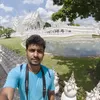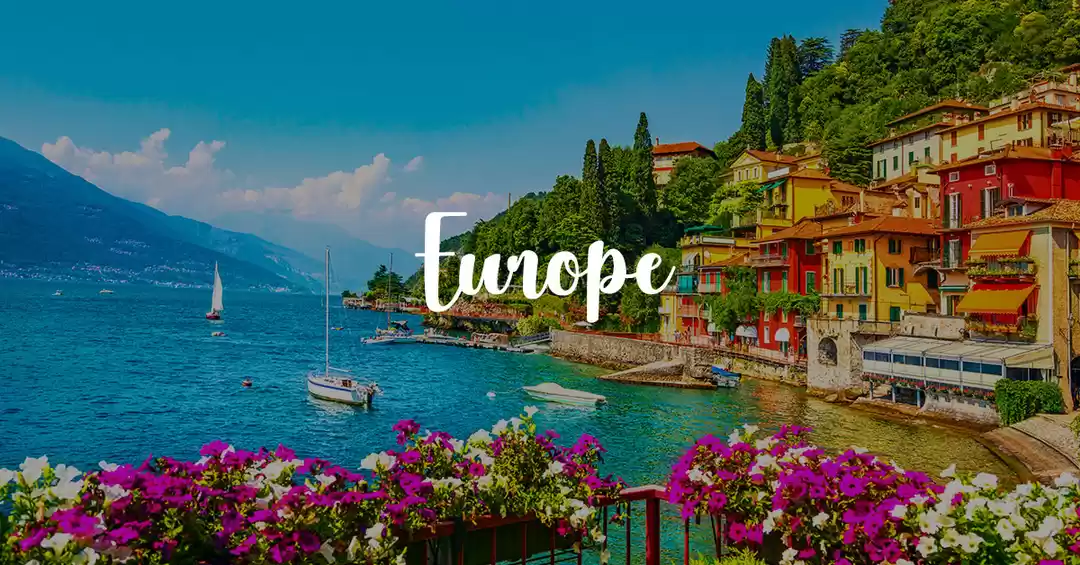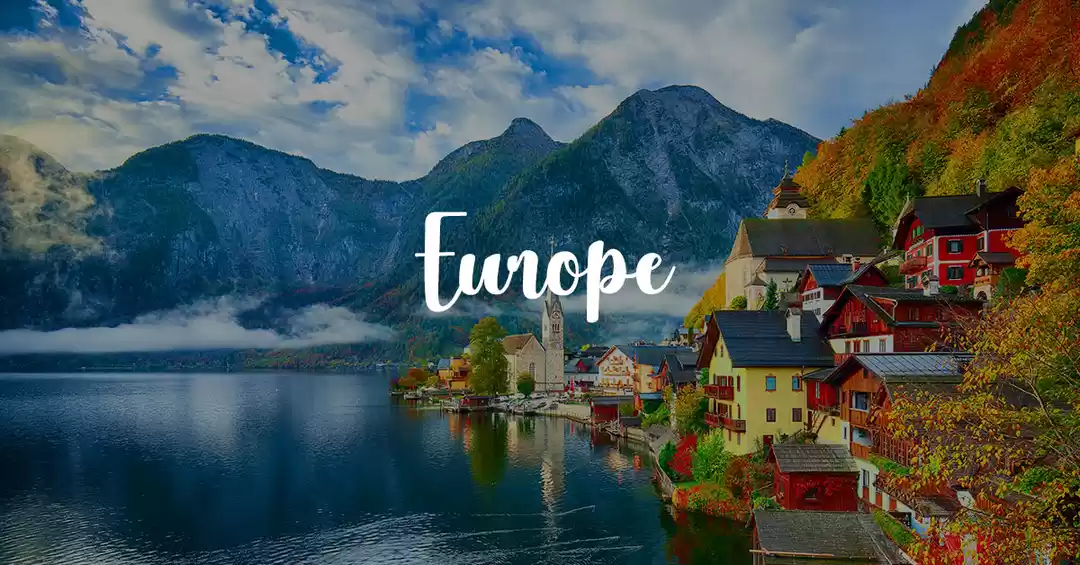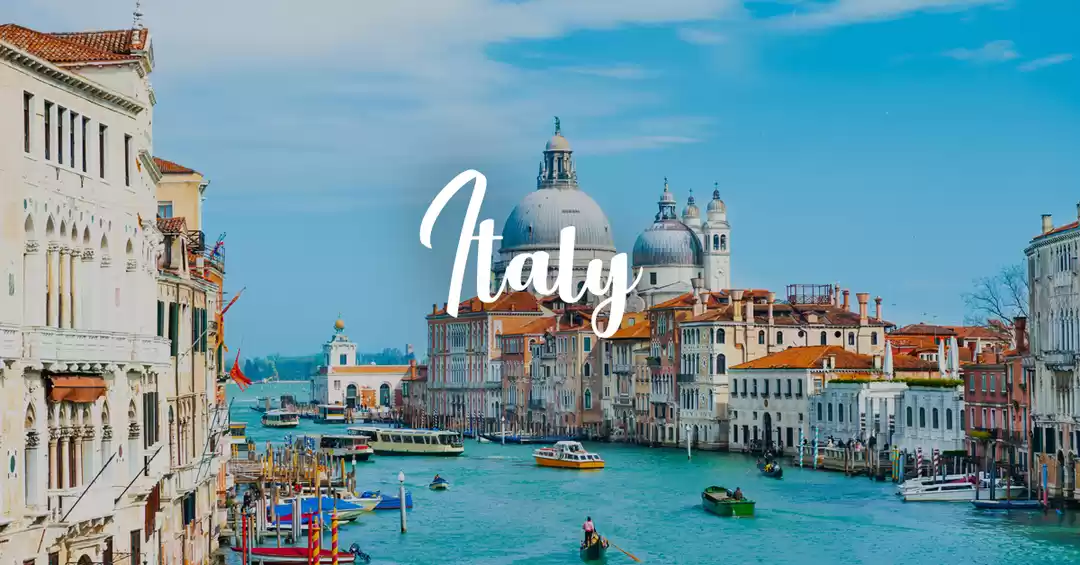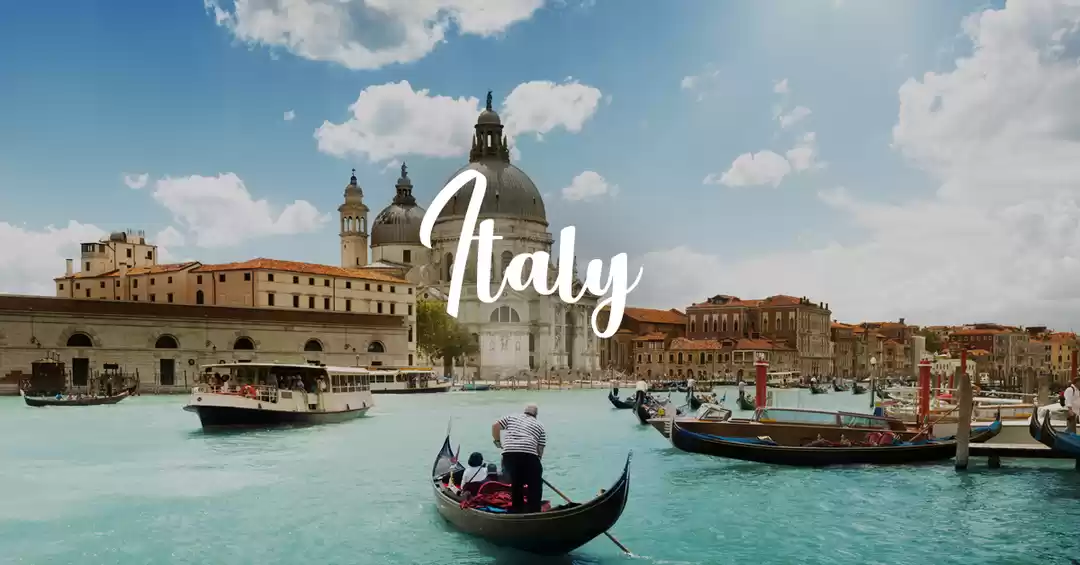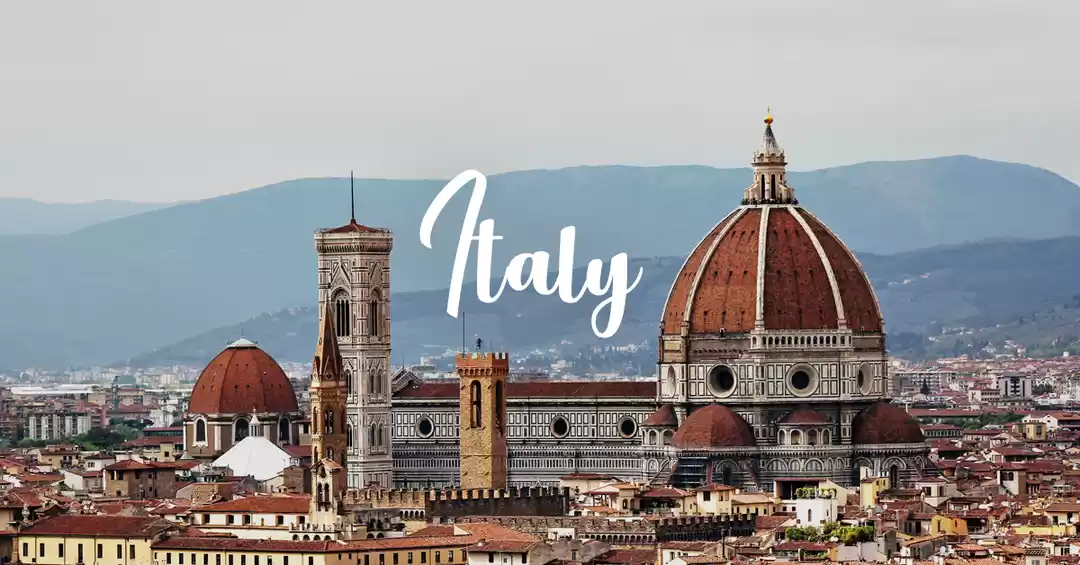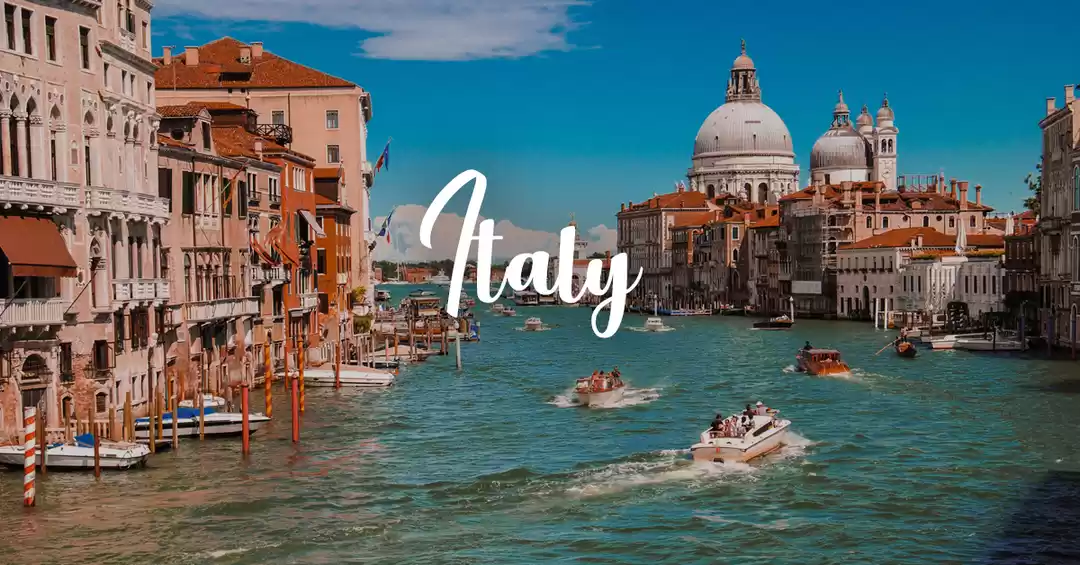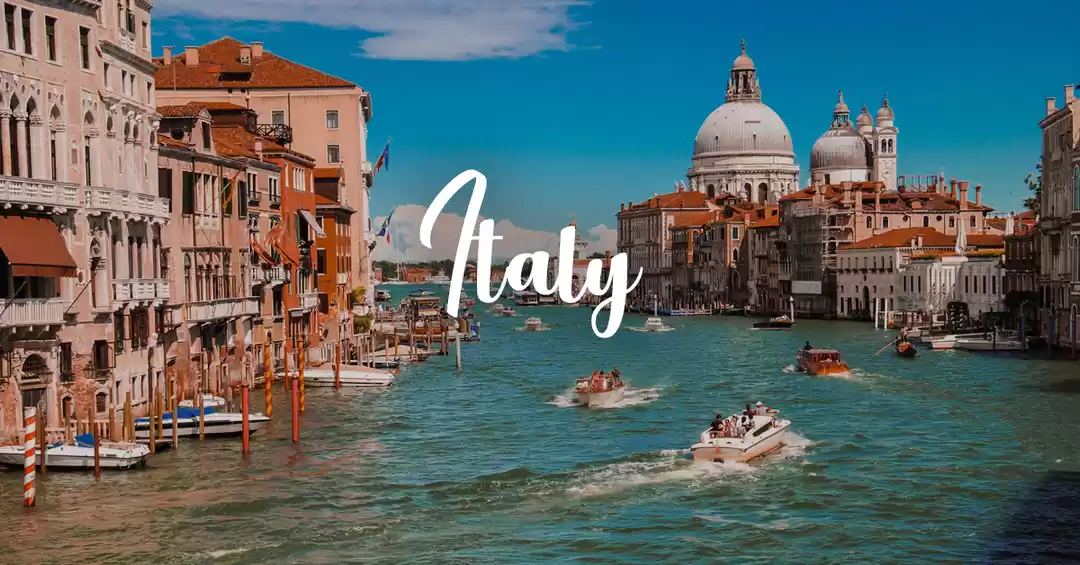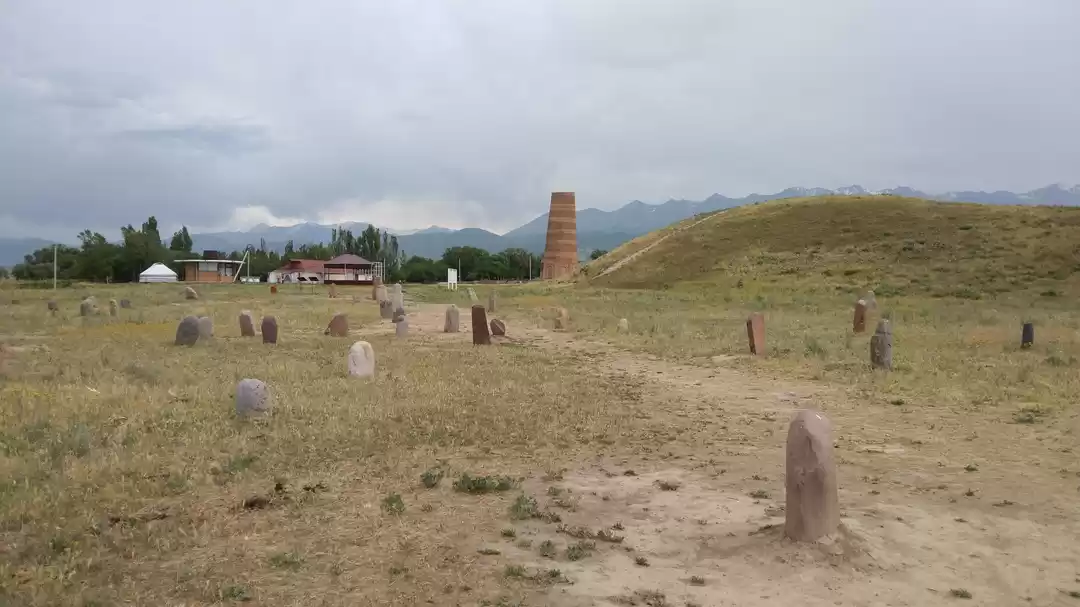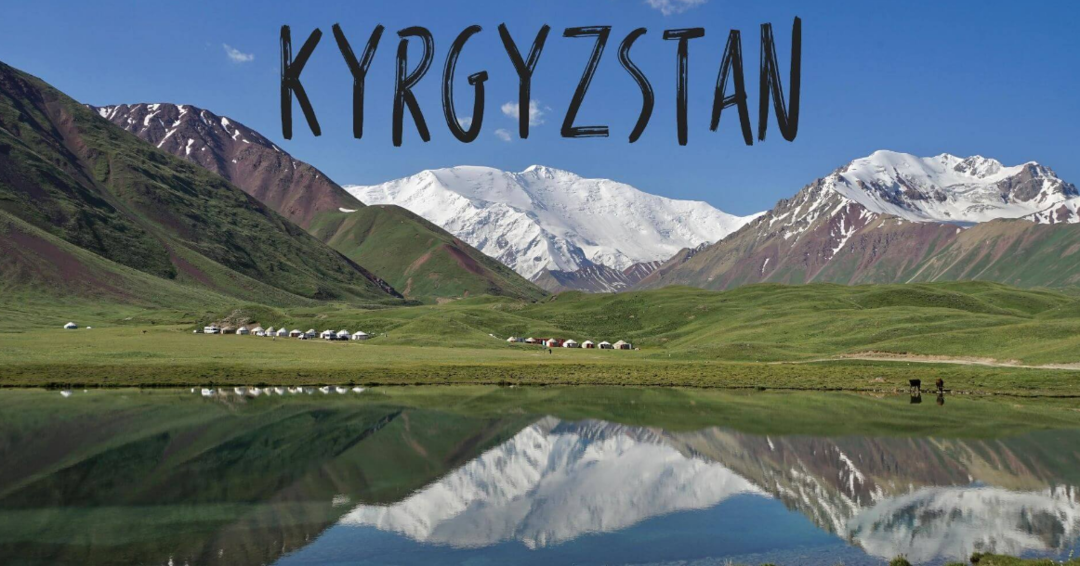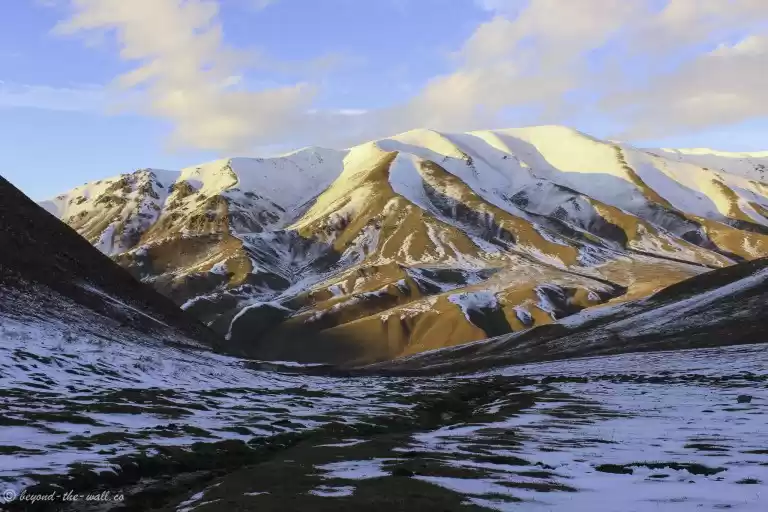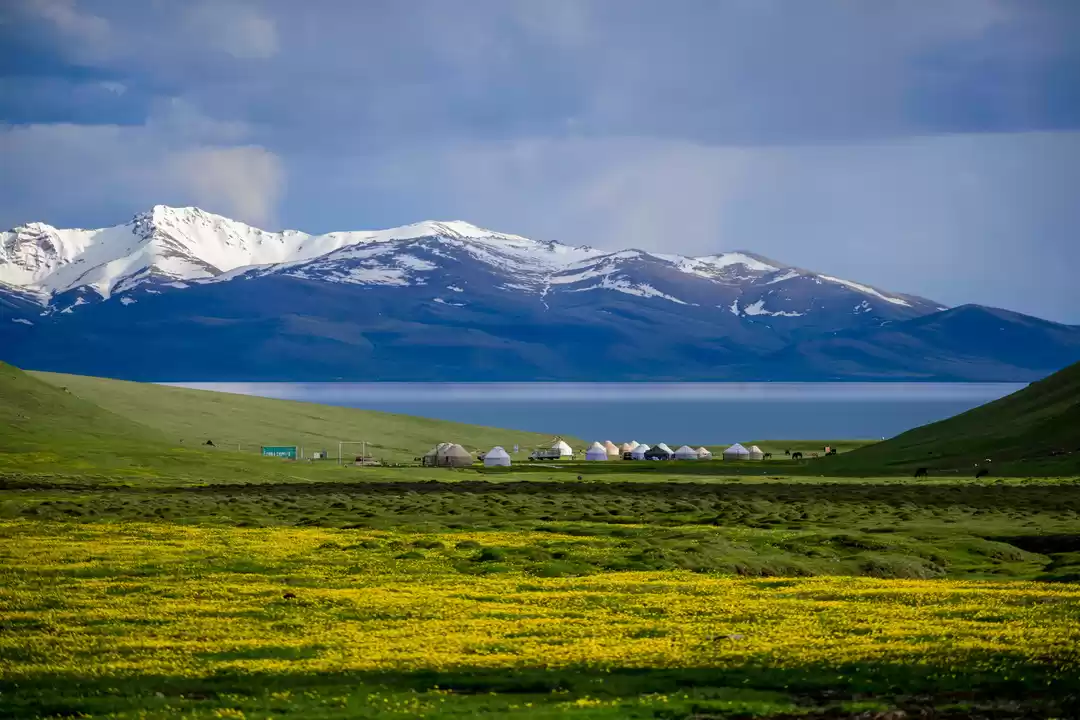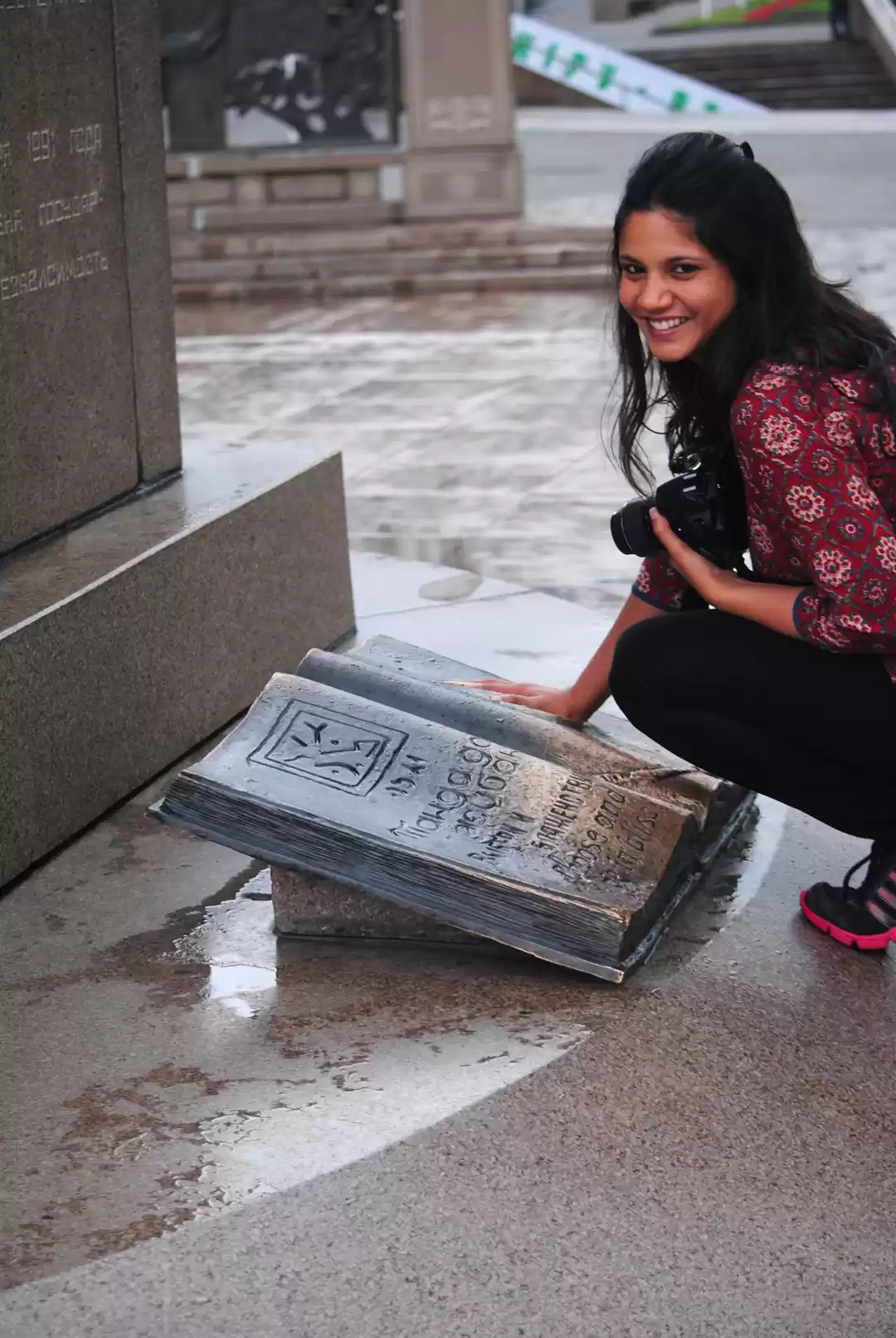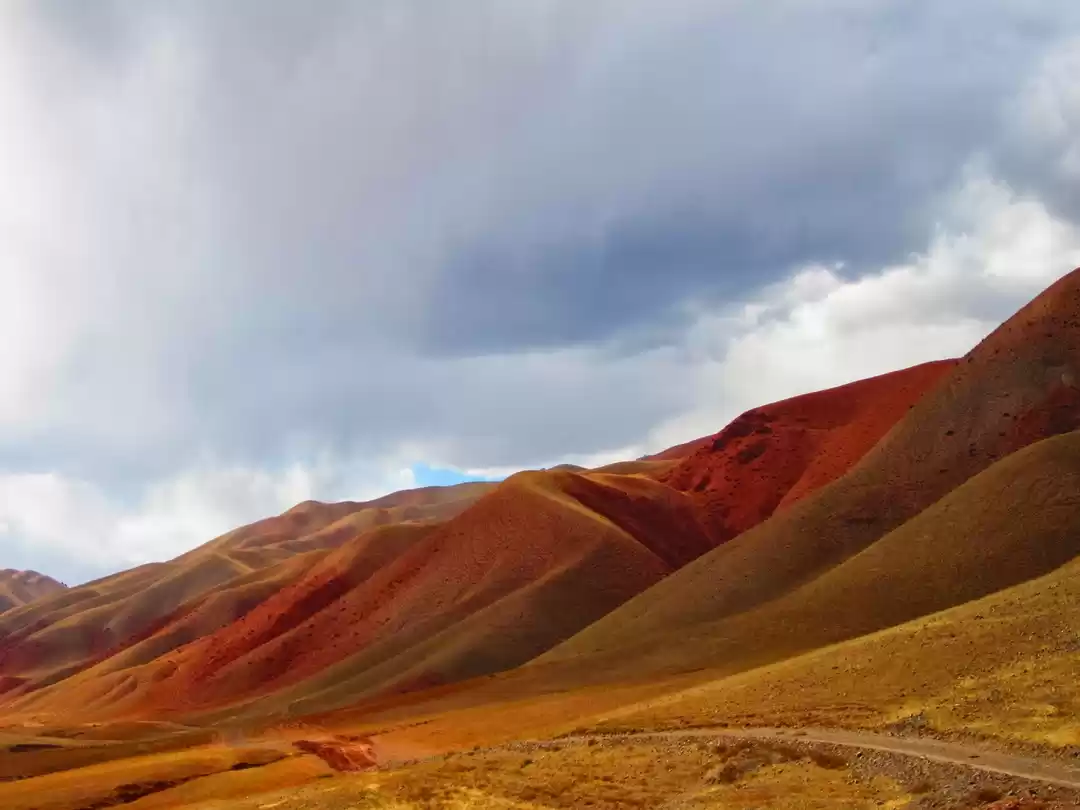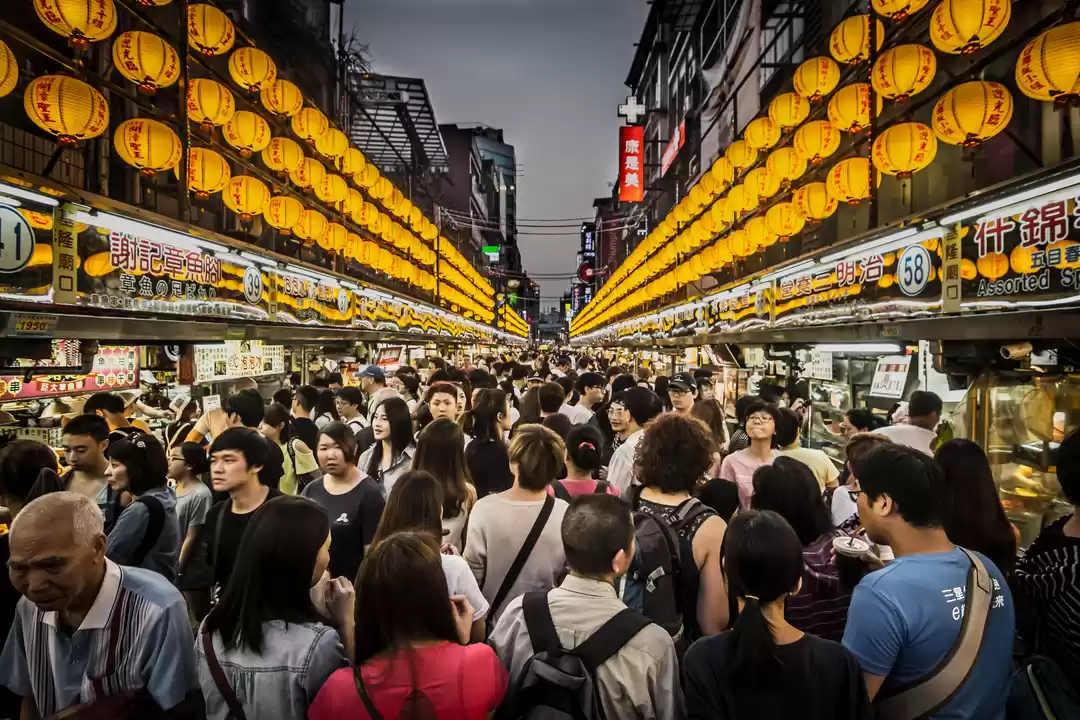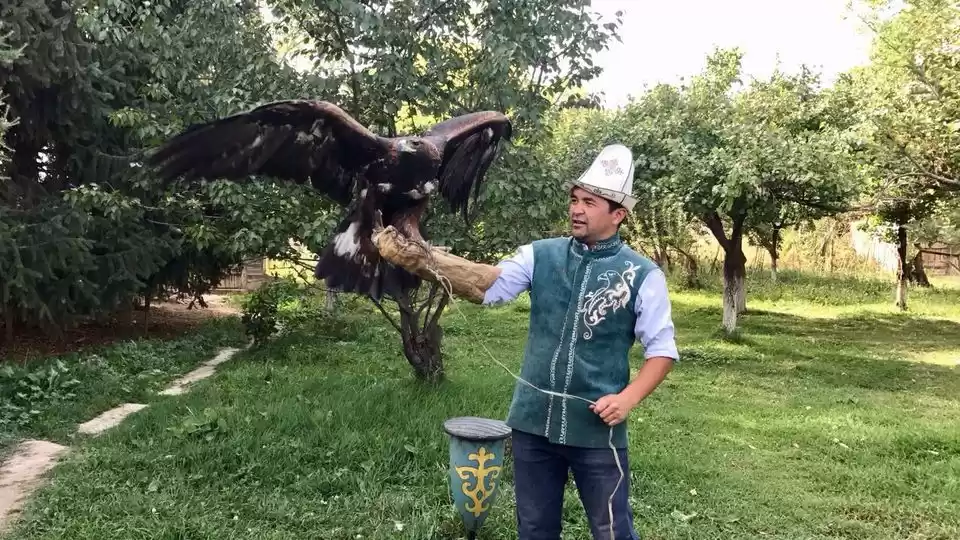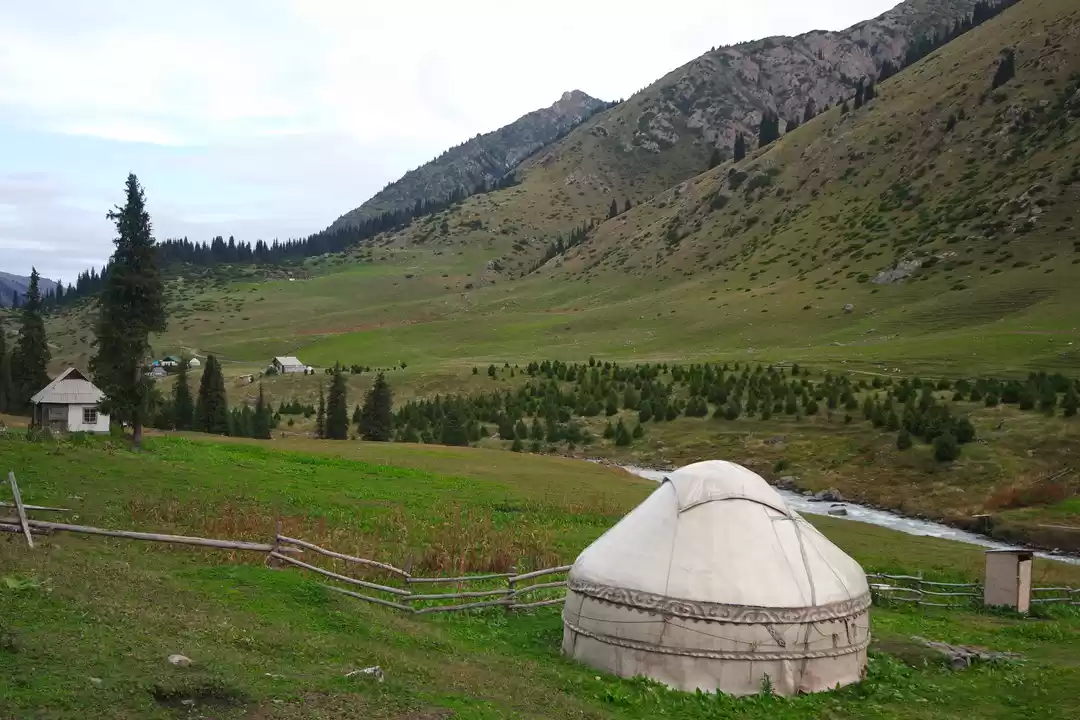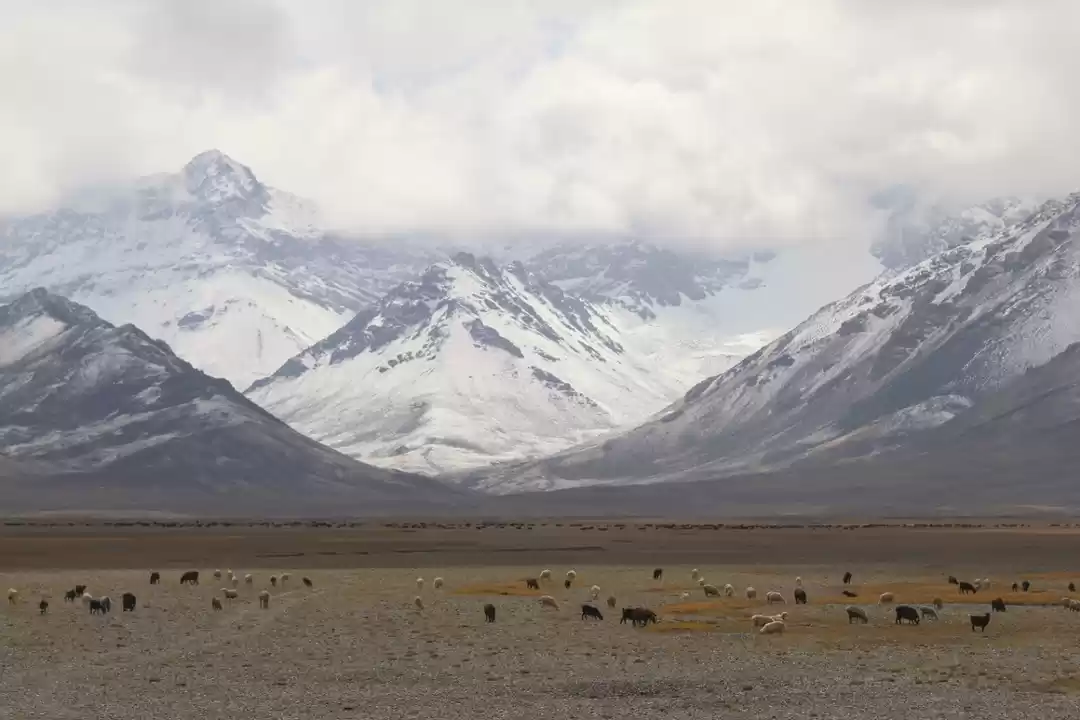
4 Things about the Culture of Kyrgyzstan

Fermented horse milk is consumed with great enthusiasm in Kyrgyzstan. This popular national drink is called Kumyz and is available almost anywhere.
I Drank Horse Milk with Kyrgyz Nomad Shepherds (Episode 25 from my travel vlog series Kyrgyzstan - The Adventure Awaits 🇰🇬)

Bread is considered holy in Kyrgyzstan and it should never be wasted, thrown away, or placed upside down on the table.

Horses are very symbolic of the nomadic culture here. They created and hosted the World Nomad Games aka Olympics for Nomads. The games were designed to celebrate and preserve the culture of nomadic civilization. It depicts spectacular skills and manliness.

Traditional shepherds still live in temporary shelters called yurts. The circular tent-like homes are made of felt and wool, which are water repellent and warm. They represent the family, earth, and universe and cover everything from birth to death.
This is a video from my travel vlog series showing the commercial version of yurts where tourists can stay for as less as $10.
Video showing the actual yurts that are used by the nomad locals of Kyrgyzstan.
4 Facts about Kyrgyzstan

Kyrgyzstan is sparsely populated, the population density is only 34 people per square km of land area and only 35% of the population lives in cities.

It is home to nearly 2,000 lakes and most of these are small lakes caused by glaciers situated at the height of 2,500 and 4,000 meters above sea level.

80% of the country is covered by mountains of the Tian Shan region located 1,000m above sea level with an average elevation of 2,750m & the highest peak at 7,439m.

The Epic of Manas or Manas Dastani is a poem of which the longest version extends to a truly epic 5,00,000 lines, and is hugely celebrated in the country. They celebrated the 1,000th anniversary of Manas in 1995.
4 Things about the History of Kyrgyzstan

Kyrgyzstan and the word Kyrgyz is believed to derive from the word 'Kyrk' which means 40 – a reference to the forty clans of the Noble Manas.
My video recommendation if you want to visit the center of Bishkek.

The flag of Kyrgyzstan has a yellow sun with forty rays, a reference to the 40 clans of Manas. There is also an emblem of two crossed sets of three lines which symbolizes a traditional Kyrgyz home known as a Yurt.

The Historic Silk Road, the ancient trading route that connected India and China with Anatolia, up throughout Mesopotamia, to Egypt, the African continent, Greece, Rome, and Britain runs through Kyrgyzstan.

During the 8th century, Arab invaders conquered the Central Asian region of the Sassanid Persian Empire which is now Kyrgyzstan. They imposed Islam on the Zoroastrian people.
4 Wonders of Kyrgyzstan

Burana Tower is all that’s left of the city of Balasagun, which was the capital of the Karakhanid Empire in the 9th century. Originally 45m tall is now reduced to 25m by a number of earthquakes.
This is a video from my visit at the Burana tower. (My first day out of Bishkek)

The resort town of Cholpon Ata has a 42-hectare open-air museum of stone circles, tombs, balbals, and a variety of petroglyphs dating back from 2000 BCE up to the 400 CE.

Holy Trinity Cathedral is a Russian Orthodox Church in Karakol. The first church here was built in 1869 but it was destroyed in an earthquake in 1889. A new wooden church was built on the same spot and after a century now it is popular for its unique architecture.
Video from my visit to the Russian Church in Karakol, Kyrgyzstan.

Dungan Mosque was built by Chinese Muslims at the end of the 1800s. Due to the rebellion in 1877, about 3 Lakh Dungans fled from China. It is a stunning mosque with Buddhist influence and architectural wonder that uses no nails whatsoever.
Video from my visit to the Dungan Mosque in Karakol, Kyrgyzstan.

